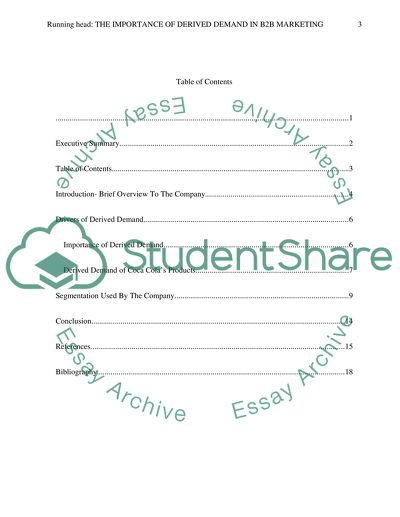Cite this document
(“The Importance of Derived Demand in B2B Marketing (Coca Cola) Essay”, n.d.)
Retrieved from https://studentshare.org/marketing/1398400-the-importance-of-derived-demand-in-b2b-marketing-coca-cola
Retrieved from https://studentshare.org/marketing/1398400-the-importance-of-derived-demand-in-b2b-marketing-coca-cola
(The Importance of Derived Demand in B2B Marketing (Coca Cola) Essay)
https://studentshare.org/marketing/1398400-the-importance-of-derived-demand-in-b2b-marketing-coca-cola.
https://studentshare.org/marketing/1398400-the-importance-of-derived-demand-in-b2b-marketing-coca-cola.
“The Importance of Derived Demand in B2B Marketing (Coca Cola) Essay”, n.d. https://studentshare.org/marketing/1398400-the-importance-of-derived-demand-in-b2b-marketing-coca-cola.


